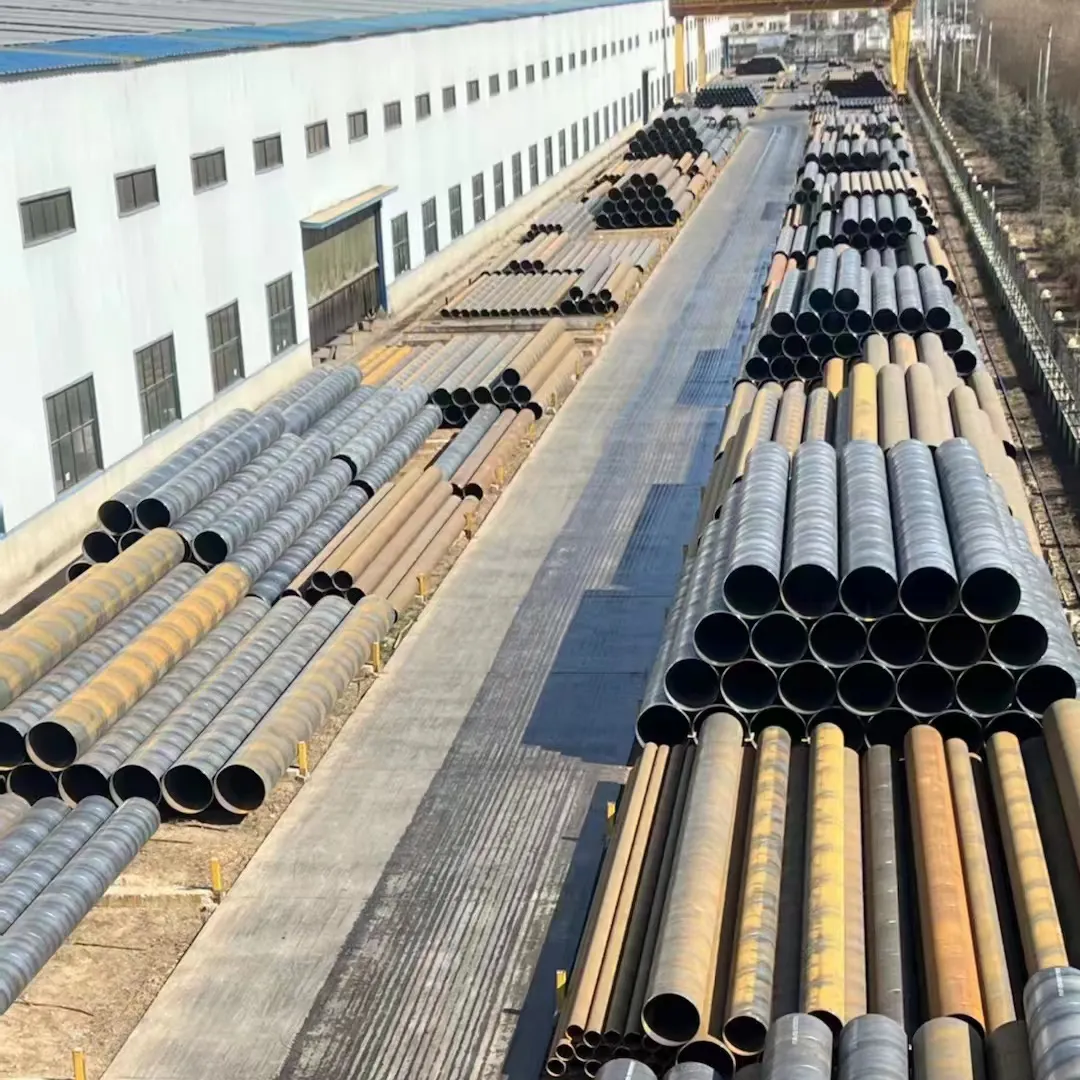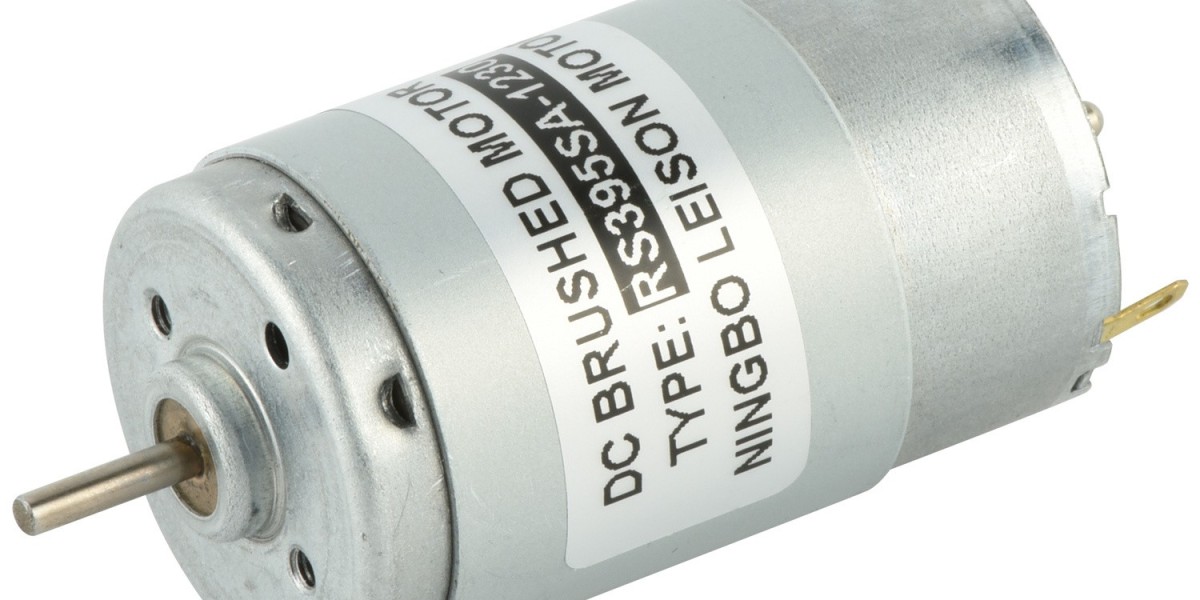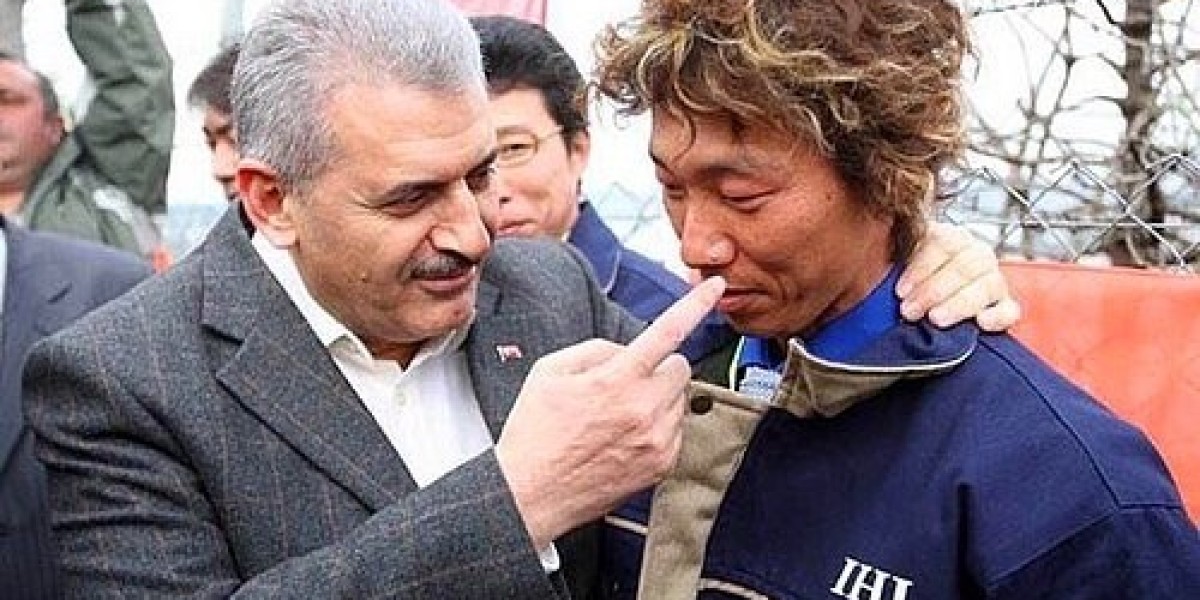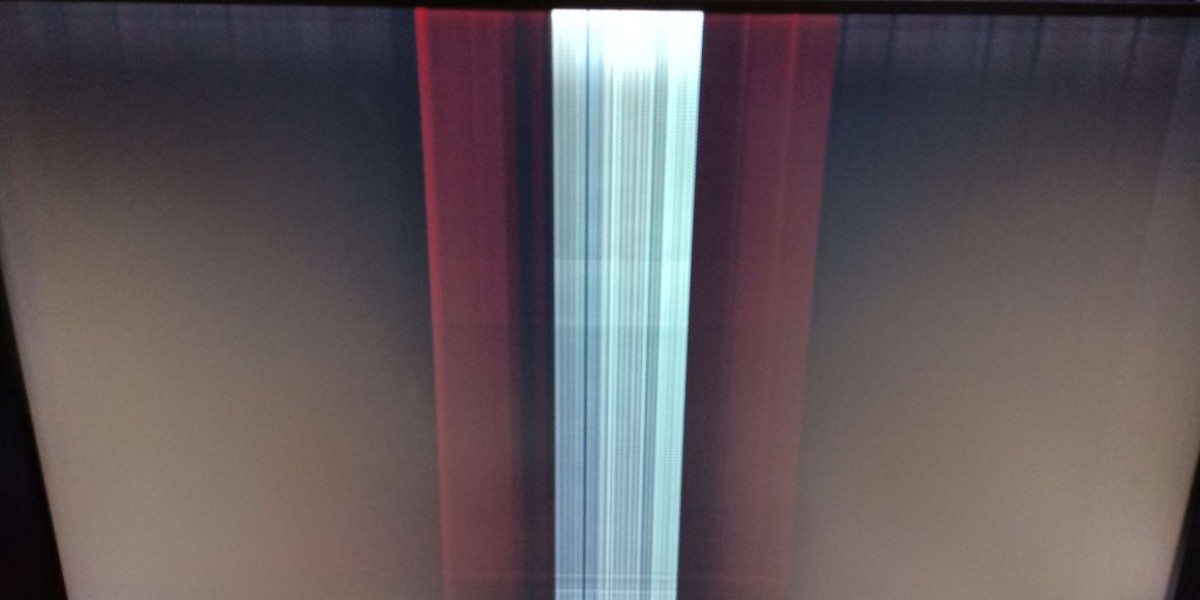
The production of spiral steel pipes demands rigorous quality control measures to ensure structural integrity and long-term performance in demanding applications. From raw material selection to final inspection, every stage of manufacturing requires precise oversight to meet international standards and project specifications. Modern manufacturers employ a multi-layered quality assurance approach that combines advanced technologies with skilled human oversight, creating pipes capable of withstanding high pressures, corrosive environments, and decades of service.
Material verification forms the first critical checkpoint. High-quality hot-rolled coils undergo thorough chemical composition analysis using spectroscopy to confirm compliance with required steel grades. Dimensional checks of incoming steel strips ensure uniform thickness and width, essential for maintaining consistent pipe geometry. Some facilities utilize automated optical measurement systems that detect surface imperfections invisible to the naked eye, preventing defective materials from entering production lines.
During the spiral forming process, real-time monitoring systems track critical parameters including forming angle, weld gap, and alignment. Automated welding stations equipped with X-ray inspection capabilities provide immediate feedback on weld penetration and integrity. The submerged arc welding (SAW) process, commonly used for spiral pipes, undergoes strict parameter control—maintaining optimal voltage, current, and travel speed to create uniform, defect-free welds. Post-weld heat treatment often follows to relieve residual stresses and enhance mechanical properties, particularly for pipes destined for low-temperature or high-stress environments.
Non-destructive testing (NDT) forms the backbone of final quality assurance. Ultrasonic testing (UT) examines both longitudinal and circumferential welds for subsurface flaws, while hydrostatic testing verifies pressure resistance by subjecting pipes to internal pressures exceeding operational requirements. Advanced manufacturers complement these tests with digital radiography for three-dimensional weld analysis. Surface coating quality receives equal attention, with holiday detection tests ensuring complete coverage of anti-corrosion layers.
Documentation and traceability complete the quality control cycle. Each pipe receives unique identification markers linking it to specific production batches, test results, and inspection records. This comprehensive approach to quality management enables spiral steel pipe manufacturers to deliver products that meet API 5L, ASTM A139, and other stringent international specifications, ensuring reliability in oil and gas transmission, water infrastructure, and industrial applications.







